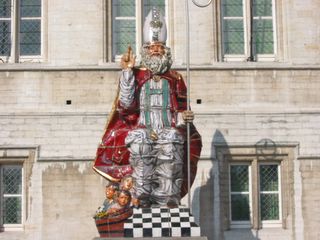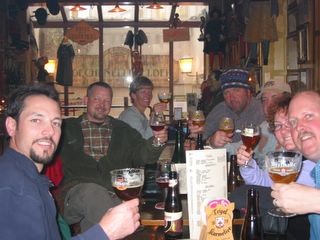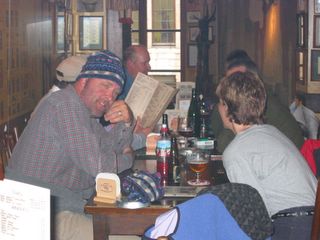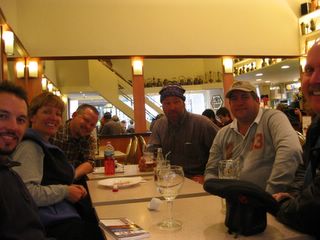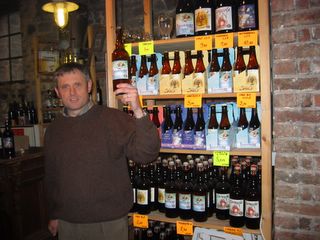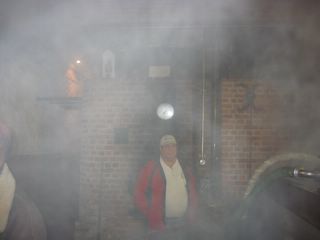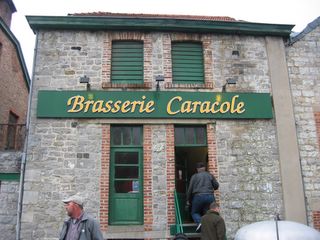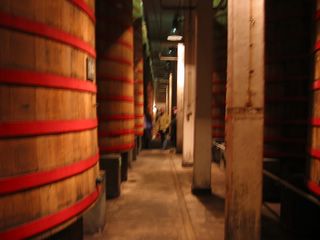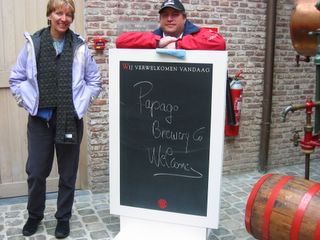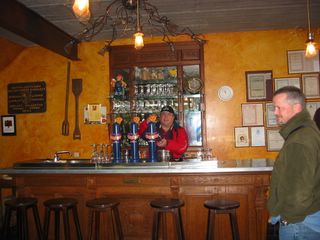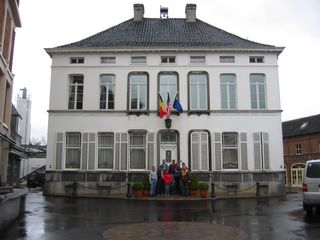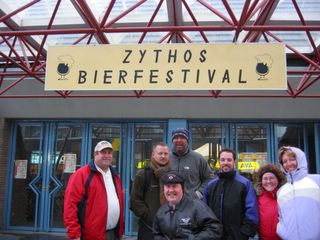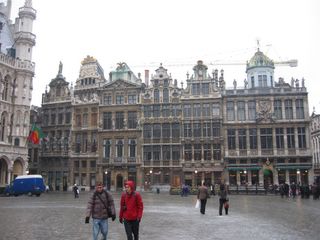Hop madness
This Friday night at the Peoria Sports Complex will be the Arizona's Craft Brewers Guild 2nd annual Hopfest. Most people have never seen or sniffed hops, which are cone-shaped clusters of dried flowers of the female hop vine, grown mainly in the Pacific Northwest area of the United States and throughout Europe. But millions of beer drinkers know and appreciate their characteristic aroma and bitter flavor that they give to beer.
No one knows exactly who first figured out that hops would be a great ingredient in beer. Hops first attracted attention not as an ingredient in beer but as a medicinal herb in early Egypt. The Roman historian Pliny, dubbed hops lupus or wolf, after noticing the way it wound itself tightly around other plants. And now you have an idea why Russian River calls their Double IPA, Pliny the Elder. Hops were grown by the Romans and made their way to Britain where Saint Arnold introduced them and replaced the other herbs the locals were using, eventually killing off a style of beer called Gruit. As I mentioned last week in the 8th century there are records at Weihenstephan in Germany of hops being grown and given to the church. This is really the area where modern beer became beer as we know it.
The old brewers knew what they were doing. Hops contains two chemicals (humulone and lupulone) that can kill bacteria that cause spoiling and make beer last longer. At least two breweries in Germany, Weihenstephaner and Neuzeller are now both producing a beer that has a high concentration of a hop compound called Xanthohumol that is supposed to be an anti-oxidant cancer fighter. I tried both these beers over in Europe on my last trip and wasn't too impressed by them with the exception of the non-alcoholic one that Weihenstephan is making that they call Xan Wellness. It had a little bit of apple juice added to it and it made a great breakfast drink. Weihenstephan is hoping to introduce their Xan beer and non alcoholic beer here in the United States sometime later this year or maybe next year. I honestly don't know how they are going to do it since they are promoting it as a healthy beverage that is full of great anti-cancer anti-oxidants and the Federal and State Governments tend to frown on anything alcoholic being promoted as being healthy but they do have studies by Universities in Oregon and Germany showing the results. Until it is here I guess I'll have to drink a Hopfather a day to stay healthy since it has a little more hops in it than your average beer. Hops are also mildly sedative, and have been used for centuries to help with insomnia, not just through ingestion which is my favorite method but by also filling up pillows with them to sleep on but it also helps explain why you sleep so well after drinking beer.
Pleasant dreams,
Ron

